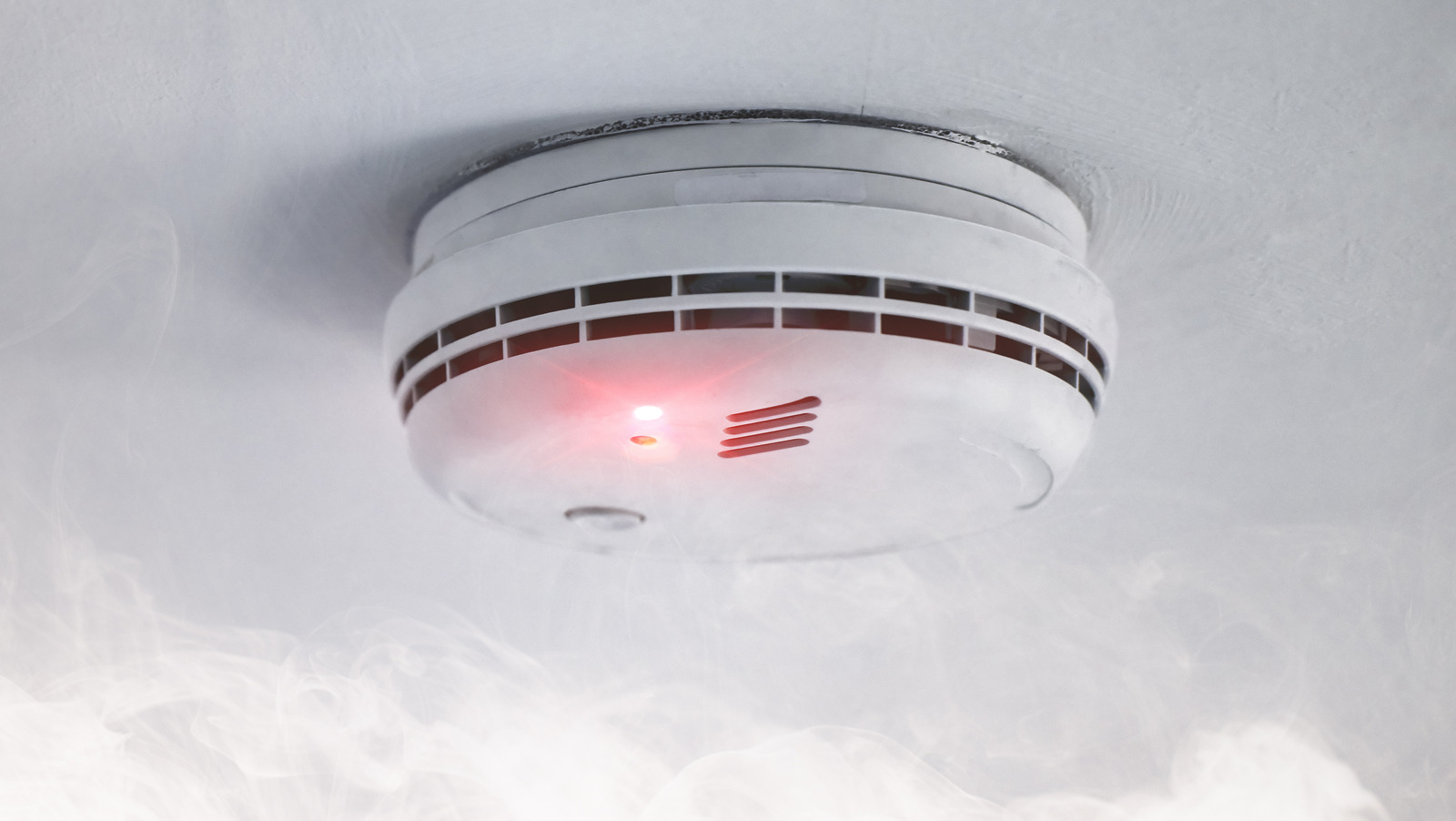

Articles
Why Does A Smoke Detector Beep?
Modified: February 24, 2024
Curious about the reasons behind a smoke detector's beeping? Explore our informative articles to uncover the causes and potential solutions.
(Many of the links in this article redirect to a specific reviewed product. Your purchase of these products through affiliate links helps to generate commission for Storables.com, at no extra cost. Learn more)
Introduction
A smoke detector is a crucial safety device in any home or building. Its primary function is to detect the presence of smoke or fire and alert occupants to the potential danger. However, at times, smoke detectors can emit annoying beeping sounds, causing confusion and frustration. Understanding why smoke detectors beep and how to resolve the issue is essential for maintaining a safe living environment.
In this article, we will explore the reasons behind smoke detector beeping, ranging from low battery warnings to sensor contamination. We will also discuss the steps to rectify the issue and ensure proper functioning of the smoke detector.
By the end of this article, you will have a comprehensive understanding of why smoke detectors beep and how to address the problem effectively.
Key Takeaways:
- Regular maintenance, prompt resolution of beeping issues, and adherence to safety regulations are essential for ensuring the reliability of smoke detectors and enhancing the safety of your home or building.
- Understanding the causes of smoke detector beeping and taking proactive steps to address them, such as battery replacement, testing, and cleaning, is crucial for maintaining the effectiveness of these life-saving devices.
Read more: Why Does A Smoke Detector Beep At Night?
Overview of Smoke Detectors
Smoke detectors are electronic devices designed to detect the presence of smoke or fire in order to alert occupants and mitigate potential hazards. They have become an essential part of building safety codes and are commonly found in residential homes, commercial buildings, and public spaces.
There are two main types of smoke detectors: ionization smoke detectors and photoelectric smoke detectors. Ionization smoke detectors use a small radioactive source to ionize the air inside the device. When smoke enters the chamber, it disrupts the electrical current, triggering the alarm. On the other hand, photoelectric smoke detectors use a beam of light and a sensor to detect smoke particles. When smoke enters the chamber, it scatters the light beam, triggering the alarm.
Modern smoke detectors often combine both ionization and photoelectric technologies to provide maximum detection capabilities. This dual-sensor system ensures a quick response to both fast-burning fires (ionization) and smoldering fires (photoelectric).
Smoke detectors are typically powered by either batteries or the building’s electrical system. Battery-powered smoke detectors are more common in residential settings, while hardwired smoke detectors are often found in commercial buildings. Some smoke detectors also have a backup battery in case of power outages.
Smoke detectors are typically installed on ceilings or high on walls, as smoke tends to rise. It is recommended to install smoke detectors in every bedroom, outside each sleeping area, and on every level of a home or building. Proper placement of smoke detectors ensures comprehensive coverage and early detection in the event of a fire.
Regular maintenance and testing of smoke detectors are crucial to ensure their effectiveness. This includes replacing batteries as needed, cleaning the detector to remove dust and debris, and conducting periodic inspections to ensure proper functioning.
Now that we have a basic understanding of smoke detectors, let’s delve into the reasons why they may emit beeping sounds.
Purpose of Smoke Detectors
The primary purpose of smoke detectors is to save lives by detecting the presence of smoke or fire in a building and providing early warning to occupants. Smoke inhalation and fires can cause significant harm, and every second counts when it comes to evacuating a building safely.
Smoke detectors play a crucial role in fire safety by alerting individuals to the presence of smoke, allowing them to take immediate action. The early detection of smoke gives occupants the opportunity to quickly escape the premises, call emergency services, and minimize property damage.
Smoke detectors are especially important during nighttime hours when people are sleeping and unaware of potential danger. The loud and piercing sound of a smoke detector is designed to wake individuals from sleep, providing them with the earliest possible warning to evacuate.
In addition to safeguarding lives, smoke detectors can also help minimize damage to property. By alerting occupants to a fire at its earliest stages, they provide an opportunity to extinguish the fire before it spreads or contact the fire authorities promptly.
Furthermore, smoke detectors can help reduce the risk of fire-related injuries or fatalities by providing an immediate warning to individuals who may be less mobile, such as the elderly or individuals with disabilities. This allows them to receive assistance and evacuate safely.
Smoke detectors are also essential in buildings where people may not always be present, such as vacant properties or businesses after hours. In these scenarios, smoke detectors are critical for early fire detection, allowing authorities to respond swiftly and mitigate potential damage.
Overall, the purpose of smoke detectors is to ensure the safety and well-being of building occupants by providing early warning of smoke or fire. By immediately alerting individuals to potential danger, smoke detectors give people the opportunity to take swift action and evacuate the premises safely. Regular maintenance, testing, and proper placement of smoke detectors are key in ensuring their effectiveness and ability to fulfill their lifesaving purpose.
Common Causes of Smoke Detector Beeping
When a smoke detector beeps, it is an indication that something is wrong and requires attention. Understanding the common causes of smoke detector beeping can help troubleshoot the issue and restore the proper functioning of the device. Here are some of the most frequent reasons why smoke detectors beep:
- Low Battery Warning: The most common cause of smoke detector beeping is a low battery. Most smoke detectors are designed to emit a periodic beep to alert homeowners that the battery needs to be replaced. This is a crucial feature to ensure that the smoke detector is always powered and functional.
- Alarm Malfunction: Sometimes, a smoke detector may produce beeping sounds due to a malfunction within the alarm itself. This can occur if the smoke detector is old or damaged. In such cases, the entire unit may need to be replaced to resolve the beeping issue.
- Sensor Contamination: Dust, dirt, and other particles can accumulate inside the smoke detector’s sensors over time, causing false alarms and beeping sounds. It is essential to keep the smoke detector clean to ensure accurate smoke detection and prevent unnecessary beeping.
- Smoke or Fire Detection: Naturally, smoke detectors are designed to beep when they detect smoke or fire. This is their primary function and an important safety feature. If your smoke detector beeps continuously and there is no obvious cause such as burnt food or smoking, it may be indicating the presence of smoke or fire. In such cases, it is crucial to investigate the situation immediately, evacuate if necessary, and contact emergency services.
It’s important to note that different smoke detectors may have varied beeping patterns or codes to indicate different issues. Consulting the manufacturer’s manual or contacting their customer support can provide more specific information about the beeping patterns for your particular smoke detector model.
Next, we will explore the steps to resolve smoke detector beeping based on the different causes mentioned above.
Low Battery Warning
A common cause of smoke detector beeping is a low battery. Most smoke detectors are equipped with a feature that emits a periodic beep to alert homeowners when the battery is running low on power. This is a crucial function to ensure that the smoke detector remains operational and can detect smoke or fire accurately.
When a smoke detector emits a low battery warning, it is essential to address the issue promptly to maintain the device’s effectiveness. Here are the steps to resolve a low battery warning in a smoke detector:
- Identify the source of beeping: Locate the smoke detector that is beeping and determine if it is emitting a low battery warning sound. The low battery warning is typically a short, intermittent beep that occurs at regular intervals.
- Prepare necessary tools: Before replacing the battery, gather the necessary tools such as a replacement battery and a ladder or suitable equipment to reach the smoke detector if it is installed on a high ceiling.
- Power off the smoke detector: To avoid any potential electrical issues, it is advisable to temporarily disable the smoke detector by removing it from its mounting bracket or by turning off the power supply if it is hardwired.
- Replace the battery: Remove the old battery from the smoke detector and replace it with a new, fully-charged battery. Ensure that the battery is appropriately inserted and securely connected.
- Test the smoke detector: After replacing the battery, restore power to the smoke detector and test its functionality. Most smoke detectors have a test button that can be pressed to check if the alarm sounds correctly. Follow the manufacturer’s instructions for testing the smoke detector.
- Ensure regular battery replacement: To prevent future low battery warnings and maintain the effectiveness of the smoke detector, it is recommended to replace the battery regularly. The manufacturer’s guidelines typically suggest replacing the battery once a year or as indicated by a low battery warning.
By promptly addressing a low battery warning in a smoke detector and replacing the battery as necessary, you can ensure the device’s continued functionality and enhance the safety of your home or building.
Alarm Malfunction
Another possible cause of smoke detector beeping is an alarm malfunction. Over time, smoke detectors may experience internal malfunctions due to age, wear and tear, or damage. When an alarm malfunctions, it can result in beeping sounds that are unrelated to smoke or fire detection.
If you suspect that the smoke detector’s beeping is due to an alarm malfunction, here are the steps to address the issue:
- Identify the malfunctioning smoke detector: Determine which smoke detector is producing the beeping sound indicating the alarm malfunction. It may be necessary to go through all the smoke detectors in the vicinity to pinpoint the specific device.
- Inspect the smoke detector: Carefully examine the smoke detector for any visible signs of damage, such as cracks, loose wires, or battery corrosion. If you notice any physical damage, it is recommended to replace the smoke detector entirely.
- Reset the smoke detector: Some smoke detectors have a reset button that can be pressed to restart the device. Press and hold the reset button, typically located on the front or side of the smoke detector, for a few seconds. This may resolve the alarm malfunction. Refer to the manufacturer’s instructions for the specific reset procedure.
- Replace the smoke detector: If the beeping persists and the smoke detector cannot be reset or repaired, it is time to replace the device. Purchase a new smoke detector that is compatible with your existing setup and install it according to the manufacturer’s instructions.
- Test the new smoke detector: After installing the new smoke detector, test its functionality by pressing the test button. Ensure that the alarm sounds loudly and properly. If it does not, double-check the installation and consult the manufacturer’s guidelines.
Addressing an alarm malfunction in a smoke detector is crucial to ensure the device’s reliable operation and the safety of your home or building. By taking the appropriate steps to identify and resolve the issue, you can restore peace of mind and maintain optimal fire protection.
Sensor Contamination
Sensor contamination is another common cause of smoke detector beeping. Over time, dust, dirt, and other particles can accumulate on the sensors of a smoke detector, which can lead to false alarms and beeping sounds. Cleaning the smoke detector regularly is essential to ensure accurate smoke detection and prevent unnecessary beeping.
If you suspect that the smoke detector’s beeping is due to sensor contamination, here are the steps to address the issue:
- Identify the smoke detector: Determine which smoke detector is emitting the beeping sound due to sensor contamination. It is important to be sure which device requires cleaning.
- Turn off or remove power: Before cleaning the smoke detector, it is recommended to turn off the power supply or remove the smoke detector from its mounting bracket to avoid any electrical issues.
- Clean the smoke detector: Use a soft brush or a can of compressed air to gently clean the smoke detector. Pay particular attention to the sensors and vents, as these areas are prone to accumulating dust and debris. Be careful not to damage any delicate components during the cleaning process.
- Inspect for any additional issues: While cleaning the smoke detector, inspect it for any signs of damage or other issues. Check for loose wires, corrosion, or physical damage. If you notice any problems, it may be necessary to replace the smoke detector.
- Reassemble and restore power: Once you have cleaned the smoke detector and ensured it is free from contamination, reassemble the device and restore power. Mount the smoke detector back onto its bracket or turn the power supply back on.
- Test the smoke detector: After cleaning and reassembling the smoke detector, it is essential to test its functionality. Press the test button to activate the alarm and ensure it functions properly. If there are any issues, recheck the cleaning and inspect for any loose connections or damage.
Regular cleaning of smoke detectors is crucial to maintain their accurate operation and prevent false alarms. By addressing sensor contamination promptly and taking the necessary cleaning steps, you can ensure reliable smoke detection and minimize unnecessary beeping.
Replace the batteries in your smoke detector regularly, at least once a year, to ensure it continues to function properly and doesn’t beep unnecessarily.
Smoke or Fire Detection
One of the primary functions of a smoke detector is to detect the presence of smoke or fire. When a smoke detector beeps continuously and there is no obvious cause such as burnt food or smoking, it may indicate the detection of smoke or fire. In such cases, it is crucial to take immediate action to investigate the situation, evacuate if necessary, and contact emergency services.
If you suspect that the beeping of your smoke detector is due to the detection of smoke or fire, here are the steps to follow:
- Take the beeping seriously: Continuous beeping from a smoke detector is a strong indication of potential smoke or fire. Do not dismiss the beeping as a false alarm or malfunction. Treat it as a real emergency and take action.
- Evacuate immediately: If you detect any signs of smoke or fire, evacuate the premises immediately following your established safety plan. Alert other occupants in the building and ensure everyone exits safely. Remember to stay low to avoid smoke inhalation and check doors for heat before opening them.
- Contact emergency services: Once you are safely outside the building, contact the appropriate emergency services, such as the fire department, to report the situation. Provide them with accurate information about the potential smoke or fire detection.
- Do not re-enter the building: Under no circumstances should you re-enter the building until it is deemed safe to do so by the authorities. Fire can spread rapidly, and it is essential to allow professionals to handle the situation.
It is crucial to prioritize your safety and the safety of others when a smoke detector beeps continuously, indicating potential smoke or fire. By following the appropriate steps and taking immediate action, you can help minimize the risk of injuries and property damage.
Remember, it is always better to err on the side of caution and treat any beeping from a smoke detector as a genuine emergency until proven otherwise. The timely response can make a life-saving difference when it comes to smoke or fire incidents.
Resolving Smoke Detector Beeping
When a smoke detector beeps, it is essential to address the issue promptly to ensure the device’s proper functioning and maintain a safe living environment. Here are the steps to resolve smoke detector beeping:
- Identify the cause: Determine the cause of the beeping by listening for specific patterns or consulting the smoke detector’s manual. It may be due to a low battery, alarm malfunction, sensor contamination, or the detection of smoke or fire.
- Low battery warning: If the beeping is due to a low battery, replace the battery immediately with a new, fully-charged one. Follow the manufacturer’s instructions for battery replacement and testing the detector’s functionality.
- Alarm malfunction: If the beeping persists and is unrelated to smoke or fire detection, the smoke detector may be experiencing an alarm malfunction. In such cases, it may be necessary to replace the entire smoke detector unit.
- Sensor contamination: If the beeping is due to sensor contamination, clean the smoke detector using a soft brush or compressed air. Pay close attention to the sensors and vents, removing any dust or debris that may interfere with proper smoke detection.
- Smoke or fire detection: If the beeping indicates smoke or fire detection and you are sure there is no immediate danger, thoroughly inspect the surrounding area for any possible sources of smoke or fire. If there is no apparent cause, it may be a false alarm, but it is still important to investigate further to ensure safety.
- Regular maintenance: To prevent future beeping and ensure the effectiveness of your smoke detector, establish a routine schedule for testing and maintenance. Replace batteries regularly, clean the detector periodically, and conduct inspections to identify any issues.
- Professional maintenance and inspection: Consider seeking professional maintenance and inspection services for your smoke detectors. Experts can ensure that all detectors are functioning correctly and up to code, providing you with peace of mind.
Resolving smoke detector beeping requires identification of the cause and taking appropriate action. By addressing the specific issue, whether it is a low battery, alarm malfunction, sensor contamination, or potential smoke or fire detection, you can restore the proper functioning of the smoke detector and maintain a safe environment.
Remember, smoke detectors are essential for early detection of smoke or fire, providing early warning to occupants. Regular maintenance and prompt resolution of beeping issues are crucial to ensure the effective operation of these life-saving devices.
Read more: Why Is My Nest Smoke Detector Beeping
Replacing the Battery
One of the most common reasons for smoke detector beeping is a low battery. To resolve this issue and ensure the continued functionality of your smoke detector, it is necessary to replace the battery. Here are the steps to replace the battery in a smoke detector:
- Identify the smoke detector: Determine which smoke detector requires a battery replacement. It is important to know which device is beeping and needs attention.
- Prepare the necessary tools: Gather the tools required for the battery replacement, such as a new battery suitable for your smoke detector model, a ladder or suitable equipment to reach the smoke detector if it is mounted high on the ceiling, and possibly a screwdriver for any battery compartment covers.
- Power off the smoke detector: To ensure safety and prevent any electrical issues, it is recommended to turn off the power supply to the smoke detector or remove it from the mounting bracket. This step may vary depending on the type of smoke detector you have.
- Remove the old battery: Open the battery compartment of the smoke detector. Carefully remove the old battery and properly dispose of it according to local regulations. Be cautious to avoid any accidental damage to the smoke detector or yourself.
- Insert the new battery: Take the new battery and insert it into the designated compartment of the smoke detector. Ensure that the battery is properly aligned with the positive (+) and negative (-) terminals.
- Secure the battery compartment: If applicable, securely fasten the battery compartment cover using a screwdriver or any other provided locking mechanism.
- Restore power and test the smoke detector: Once the new battery is in place and the compartment is secured, restore power to the smoke detector or re-mount it on the bracket. Test the smoke detector by pressing the test button and ensuring that the alarm sounds correctly.
- Establish a regular battery replacement schedule: To prevent future low battery beeping and ensure the continuous operation of your smoke detector, establish a schedule to replace the battery regularly. It is generally recommended to replace the battery at least once a year or as indicated by the manufacturer’s guidelines.
Replacing the battery in your smoke detector is a simple yet important task to maintain the device’s effectiveness and ensure the safety of your home or building. By following these steps and establishing a regular battery replacement schedule, you can prevent unnecessary beeping and ensure reliable smoke detection.
Testing and Resetting the Alarm
Regularly testing and resetting the alarm on your smoke detector is crucial to ensure its proper functionality and reliability. By following the steps below, you can verify that the alarm is working correctly and be confident in your smoke detector’s ability to detect smoke or fire:
- Prepare for testing: Gather the necessary tools, such as a ladder if needed, to reach the smoke detector. It is also a good idea to have a second person present to assist or to listen for the alarm sound during the testing process.
- Notify occupants: Inform other occupants in the building that you will be testing the smoke detectors. The loud alarm sound may cause momentary panic or discomfort, so it is important to let others know in advance.
- Locate the test/reset button: Look for the test/reset button on the smoke detector. It is usually labeled and located either on the front or the side of the device. Refer to the manufacturer’s instructions if you are unsure.
- Press and hold the test/reset button: Press and hold the test/reset button for a few seconds until you hear the alarm sound. This action will initiate a test of the smoke detector’s alarm system.
- Ensure the alarm sounds properly: Verify that the alarm sounds loudly and clearly. Listen for the distinct high-pitched tone that indicates the alarm is functioning correctly.
- Release the test/reset button: Release the test/reset button to stop the alarm sound. The smoke detector should automatically reset itself after the test, ready for any future alarms or detections.
- Repeat the process for all smoke detectors: If you have multiple smoke detectors in your home or building, perform the test and reset procedure for each one.
Regular testing of the smoke detector ensures that the alarm system is operational and prepared to alert occupants in case of a fire. It is recommended to conduct this test at least once a month or as indicated by the manufacturer’s recommendations.
Remember to also consult your smoke detector’s manual for any specific guidelines or instructions related to testing and resetting the alarm. Following these steps will help maintain a safe environment and give you peace of mind knowing that your smoke detectors are functioning properly.
Cleaning the Detector
Regular cleaning of your smoke detectors is essential to ensure their optimal performance and reliability in detecting smoke or fire. Over time, dust, dirt, and other particles can accumulate on the sensors and inside the detectors, leading to false alarms or reduced sensitivity. By following these steps, you can effectively clean your smoke detectors:
- Power off or remove the smoke detector: Before cleaning, it is important to turn off the power supply or remove the smoke detector from its mounting bracket to prevent any electrical mishaps.
- Inspect the smoke detector: Take a close look at the smoke detector to identify any visible signs of dirt, dust, or debris. Check the sensors, vents, and overall exterior of the device.
- Clean the exterior: Gently wipe the exterior of the smoke detector using a soft cloth or sponge. Avoid using water or cleaning chemicals, as they can damage the device. Be careful not to apply excessive pressure or scrub too vigorously.
- Clean the sensors and vents: Use a soft brush or a can of compressed air to clean the sensors and vents. Brush or blow away any dust or debris that may have accumulated. Ensure that the sensors are free from obstructions or blockages.
- Avoid disassembling the smoke detector: Do not disassemble the smoke detector to clean its internal components. Internal cleaning should only be performed by a qualified professional, as improper handling may result in damage or improper functioning of the device.
- Reassemble and restore power: Once you have completed cleaning the smoke detector and ensured it is free from dirt or debris, reassemble the device and restore power. Mount the smoke detector back onto its bracket or turn the power supply back on.
- Test the smoke detector: After cleaning and reassembling, it is crucial to test the functionality of the smoke detector. Press the test button to activate the alarm and make sure it sounds correctly. If there are any issues, recheck the cleaning and inspect for any loose connections.
Regularly cleaning your smoke detectors helps maintain their sensitivity and reliability in detecting smoke or fire. It is recommended to clean your smoke detectors at least once every six months or as indicated by the manufacturer’s guidelines.
Remember, proper maintenance, including regular cleaning, is essential to ensure that your smoke detectors are functioning optimally and providing the crucial early warning in case of a fire.
Professional Maintenance and Inspection
While regular cleaning and testing are important for the proper functioning of your smoke detectors, it is also beneficial to have professional maintenance and inspection performed on a periodic basis. Hiring a qualified professional can ensure that your smoke detectors are in optimal condition and meet safety standards. Here is the value of professional maintenance and inspection:
- Expert knowledge and experience: Professionals who specialize in smoke detector maintenance and inspection have the necessary knowledge and experience to identify potential issues and ensure your detectors are in proper working order.
- Thorough inspection: Professionals will conduct a detailed inspection of your smoke detectors, including checking for any physical damage, loose wires, or sensor contamination. They will also examine the overall condition of the detectors and assess their performance.
- Timely battery replacement: Professionals can replace the batteries in your smoke detectors according to a regular maintenance schedule. They ensure that all detectors have fresh batteries, minimizing the risk of low battery beeping and ensuring the continuous operation of the detectors.
- Compliance with safety standards: Professional maintenance and inspection of your smoke detectors help ensure compliance with safety codes and regulations. They can verify that your detectors meet the necessary standards and are installed correctly.
- Identification of hidden issues: Professional inspections may uncover hidden issues that you may not notice during regular maintenance. They have the expertise to spot potential problems that could compromise the effectiveness of the smoke detectors.
- Peace of mind: By hiring professionals for maintenance and inspection, you can have peace of mind knowing that your smoke detectors are in the hands of experts. They will take care of ensuring the safety and functionality of the detectors, allowing you to focus on other aspects of home or building maintenance.
It is generally recommended to have professional maintenance and inspection conducted at least once a year or as per the manufacturer’s recommendations. This frequency may vary depending on factors such as the age of the detectors and local safety regulations.
Remember, professional maintenance and inspection complement your regular efforts to keep your smoke detectors in top condition. By investing in professional services, you can be confident that your smoke detectors are operating effectively and providing the essential early warning in the event of a fire.
Read more: Why Would A Hard-Wired Smoke Detector Beep?
Conclusion
Smoke detectors are vital safety devices that play a critical role in protecting lives and property from the dangers of smoke and fire. Understanding why smoke detectors beep and how to address the issues is essential for maintaining a safe living environment. In this article, we have explored the various reasons behind smoke detector beeping and provided steps to resolve them effectively.
We began by discussing an overview of smoke detectors, their types, and their purpose in detecting smoke or fire. We then delved into the common causes of smoke detector beeping, which include low battery warnings, alarm malfunctions, sensor contamination, and the detection of smoke or fire. Each cause requires specific actions to address the issue and restore the proper functioning of the smoke detector.
We provided step-by-step guidance on replacing the battery, testing and resetting the alarm, cleaning the detector, and the value of professional maintenance and inspection services. These practices are crucial for ensuring the optimal performance of your smoke detectors and maximizing their reliability.
Regular maintenance, including battery replacement, cleaning, and testing, is vital in preventing false alarms, ensuring accurate smoke detection, and maintaining the functionality of your smoke detectors. Furthermore, professional maintenance and inspection can provide a comprehensive assessment of your detectors’ condition and comply with safety standards.
By taking proactive steps to address smoke detector beeping and maintaining the effectiveness of these life-saving devices, you can enhance the safety of your home or building and minimize the risk of fire-related incidents.
Remember, smoke detectors are your first line of defense in detecting smoke or fire and providing early warning. Regular maintenance, prompt resolution of beeping issues, and adherence to safety regulations are essential for ensuring their reliability. Take the necessary steps to keep your smoke detectors in optimal condition, and prioritize the safety of yourself and others in any fire-related situations.
Frequently Asked Questions about Why Does A Smoke Detector Beep?
Was this page helpful?
At Storables.com, we guarantee accurate and reliable information. Our content, validated by Expert Board Contributors, is crafted following stringent Editorial Policies. We're committed to providing you with well-researched, expert-backed insights for all your informational needs.
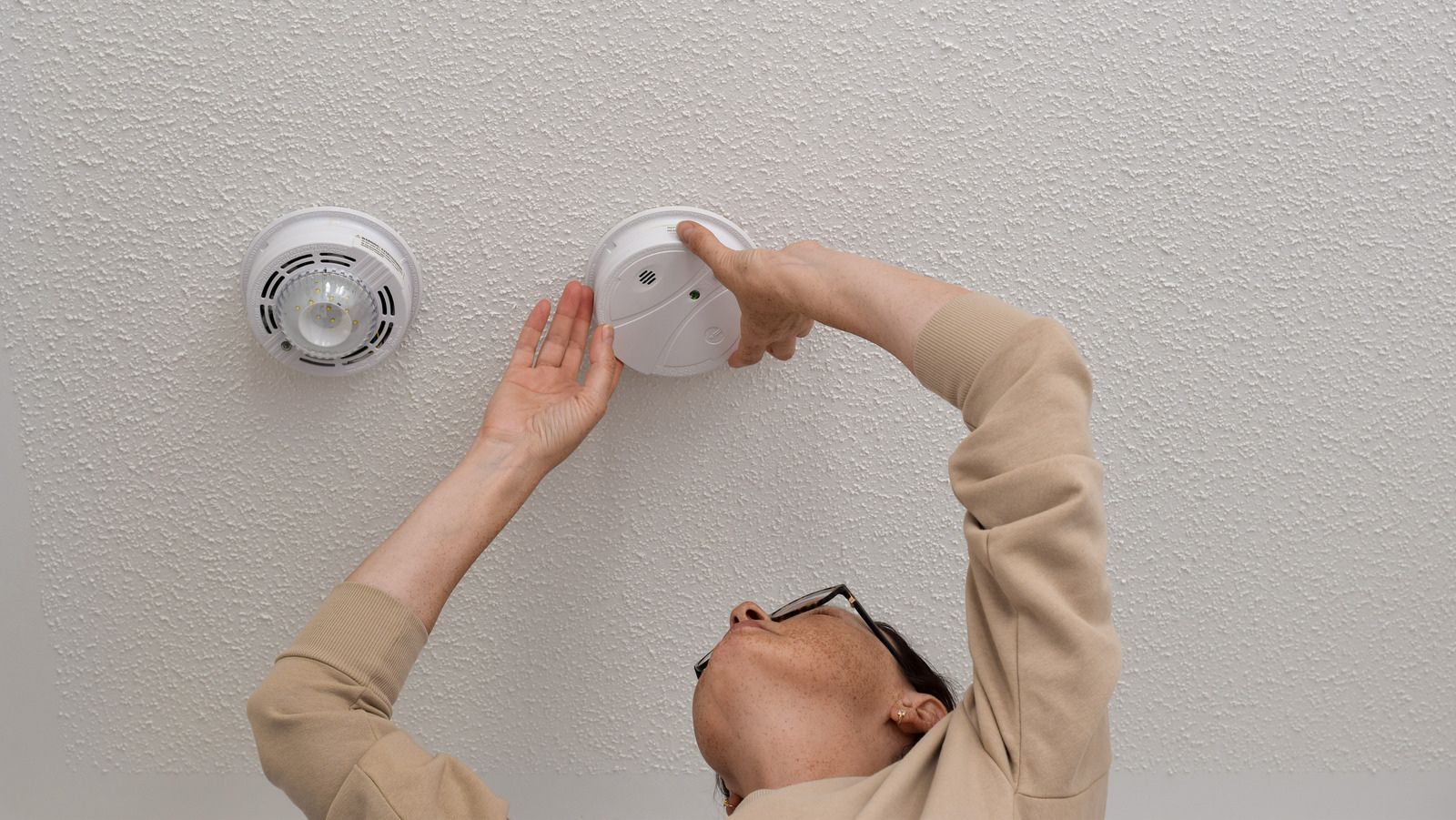
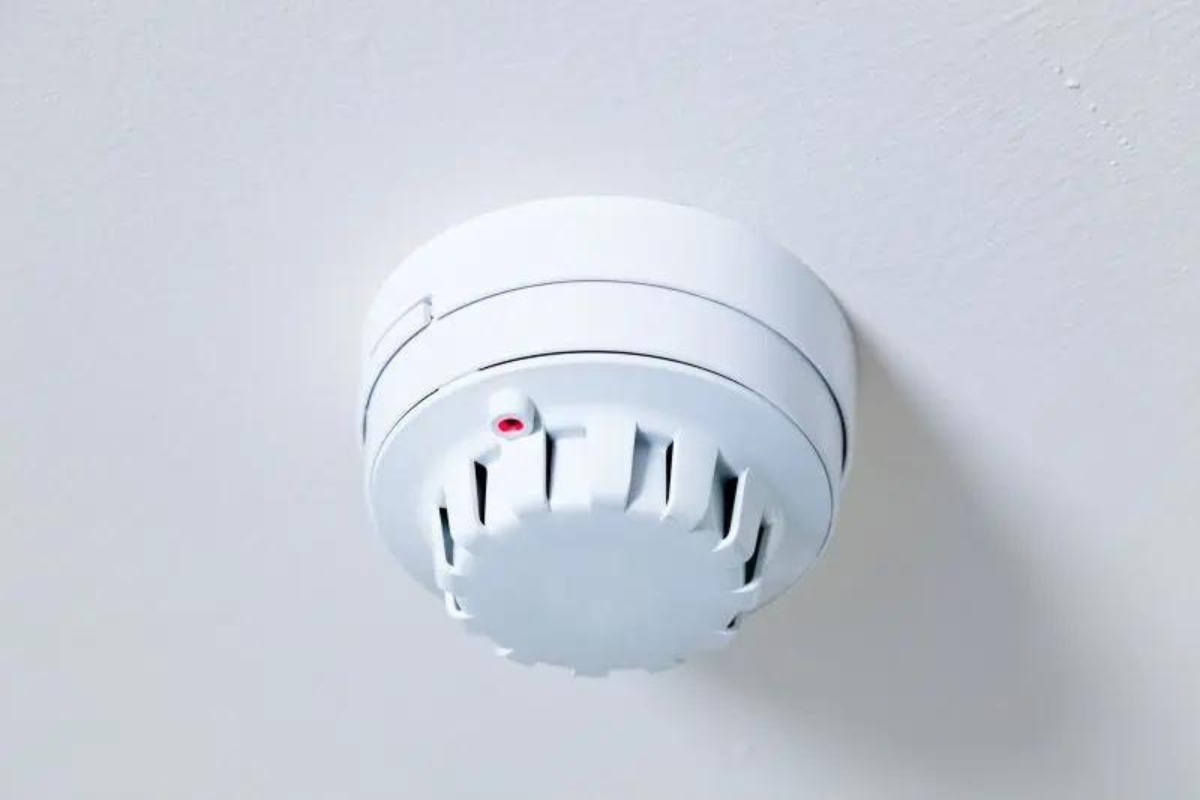
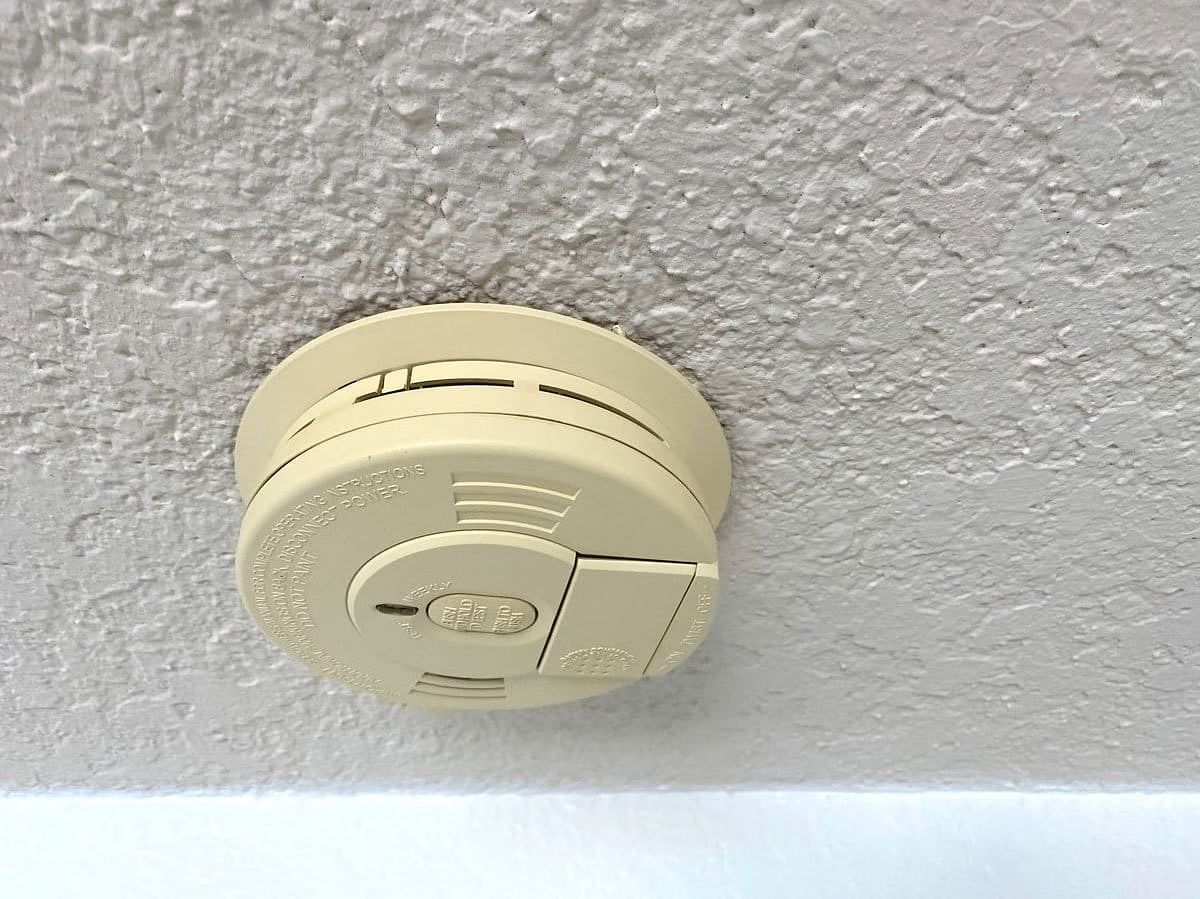
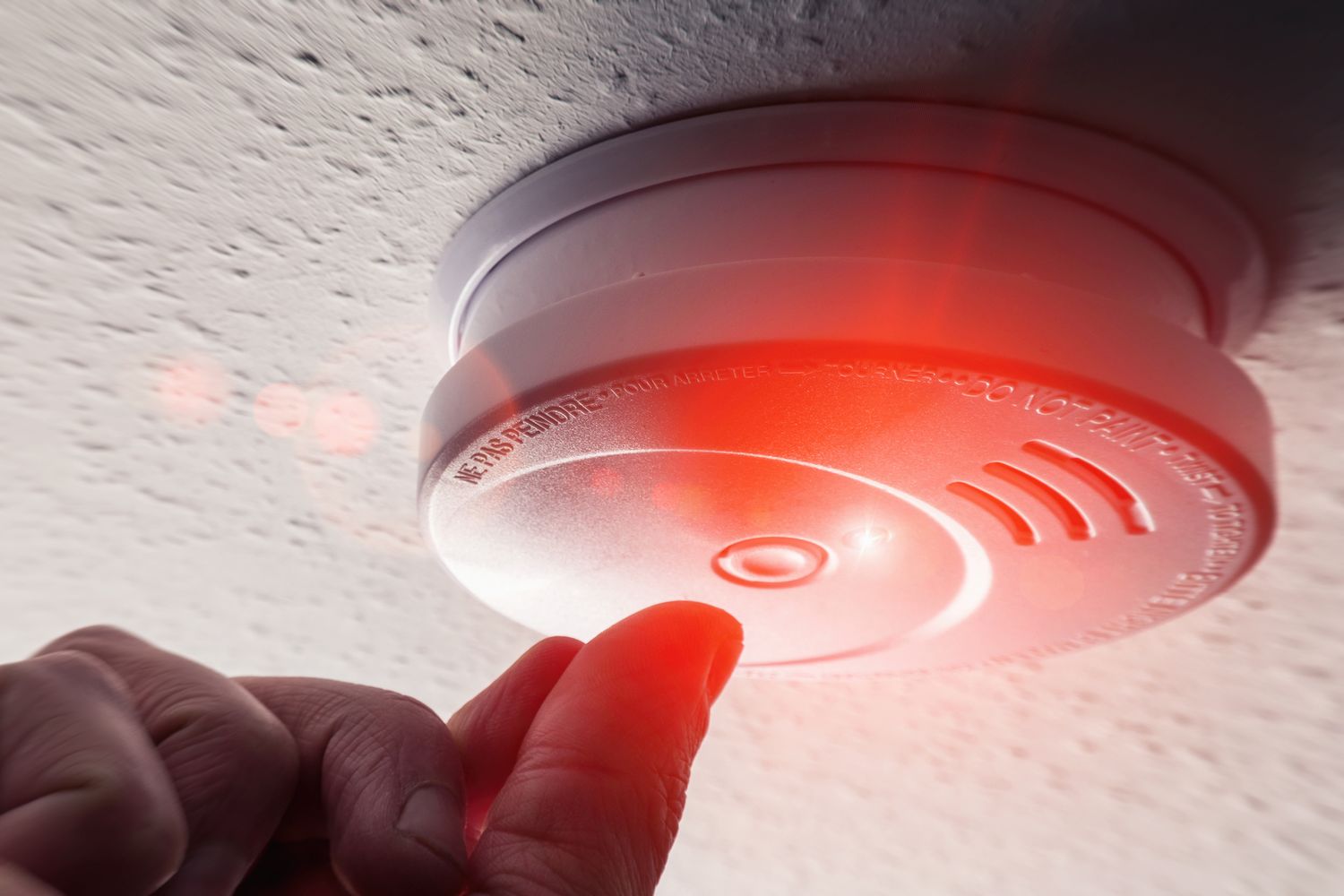
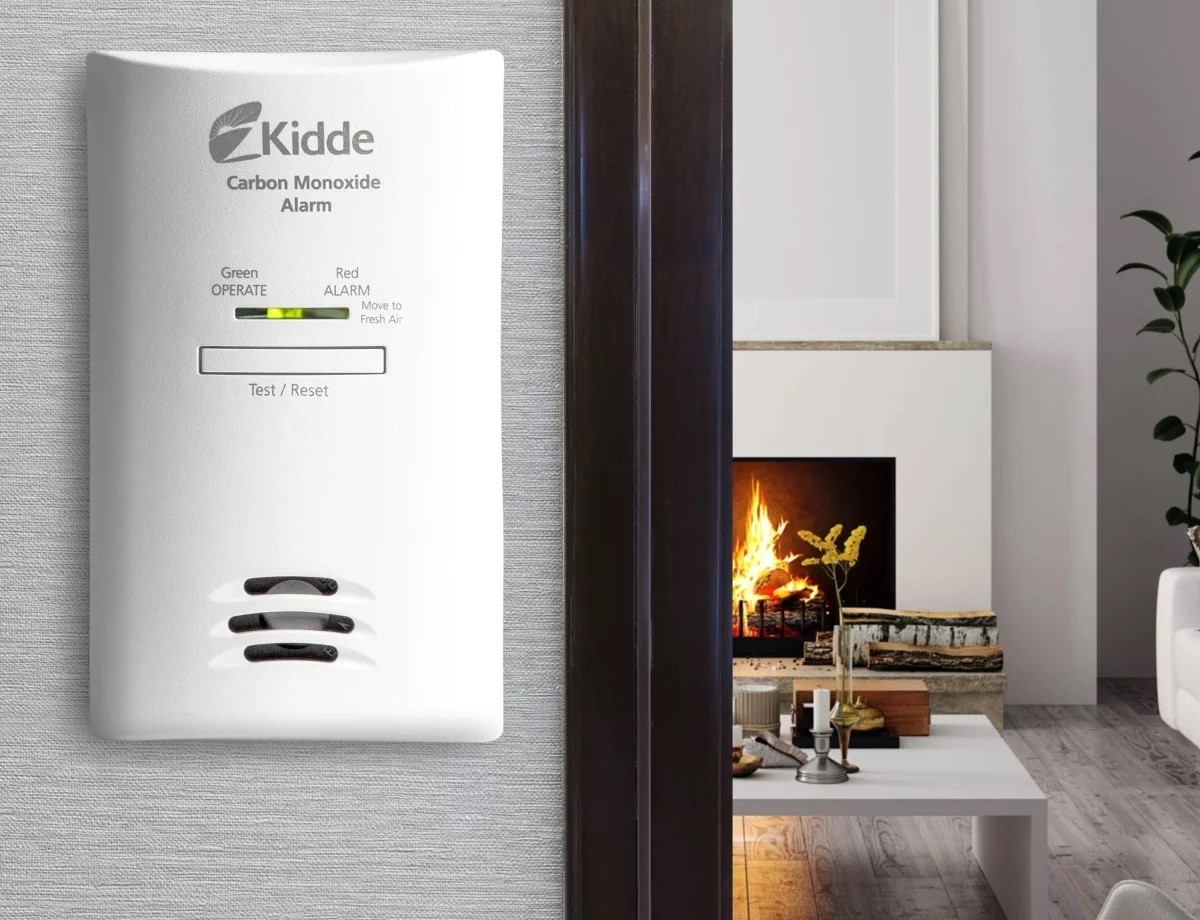
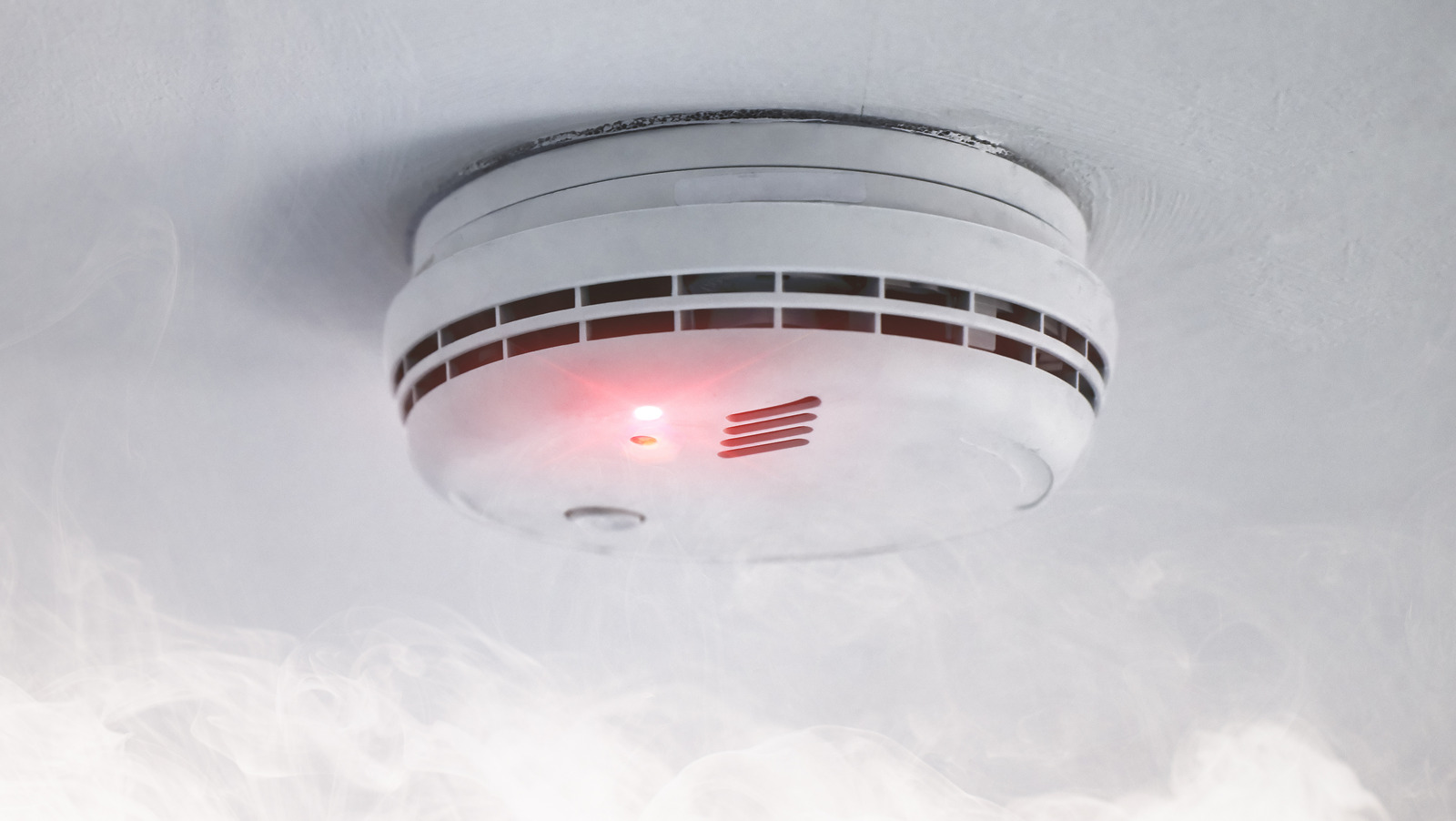
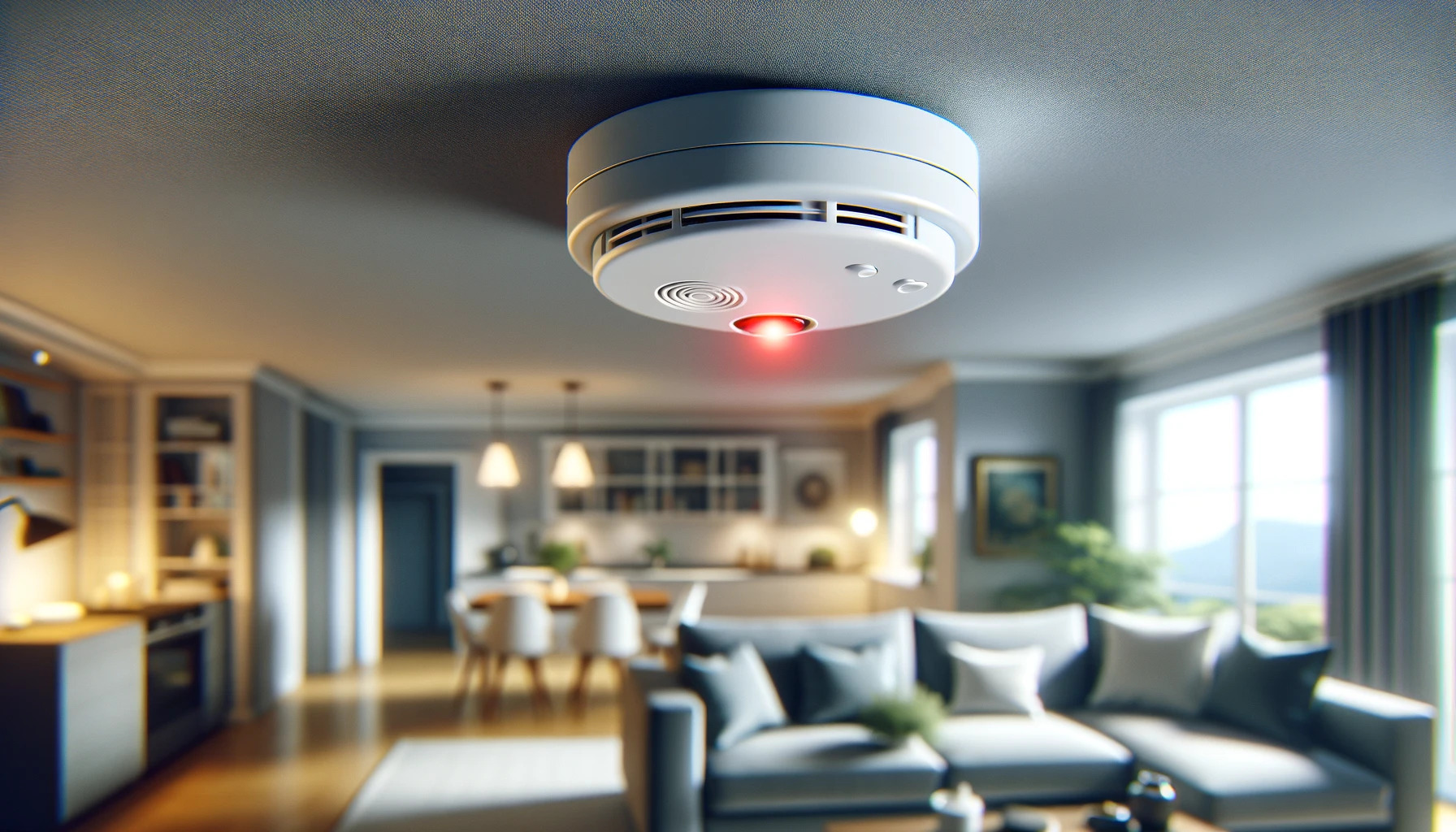
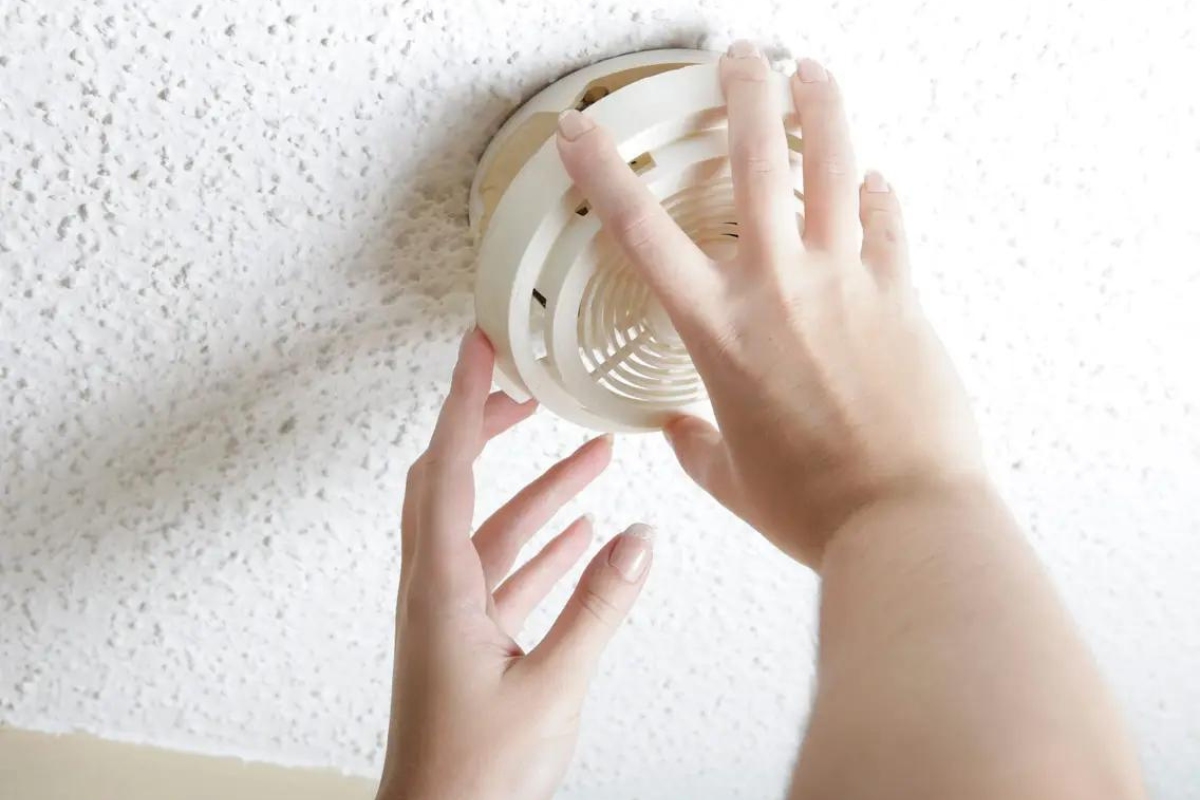
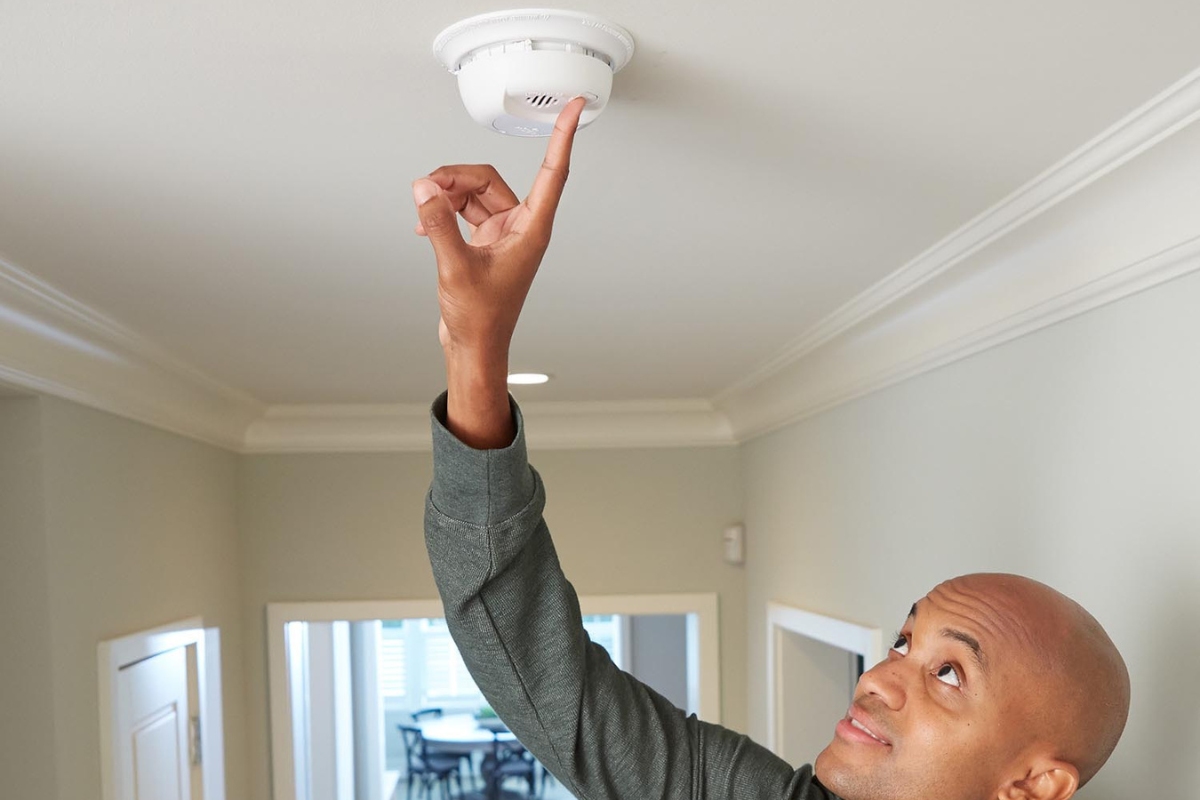
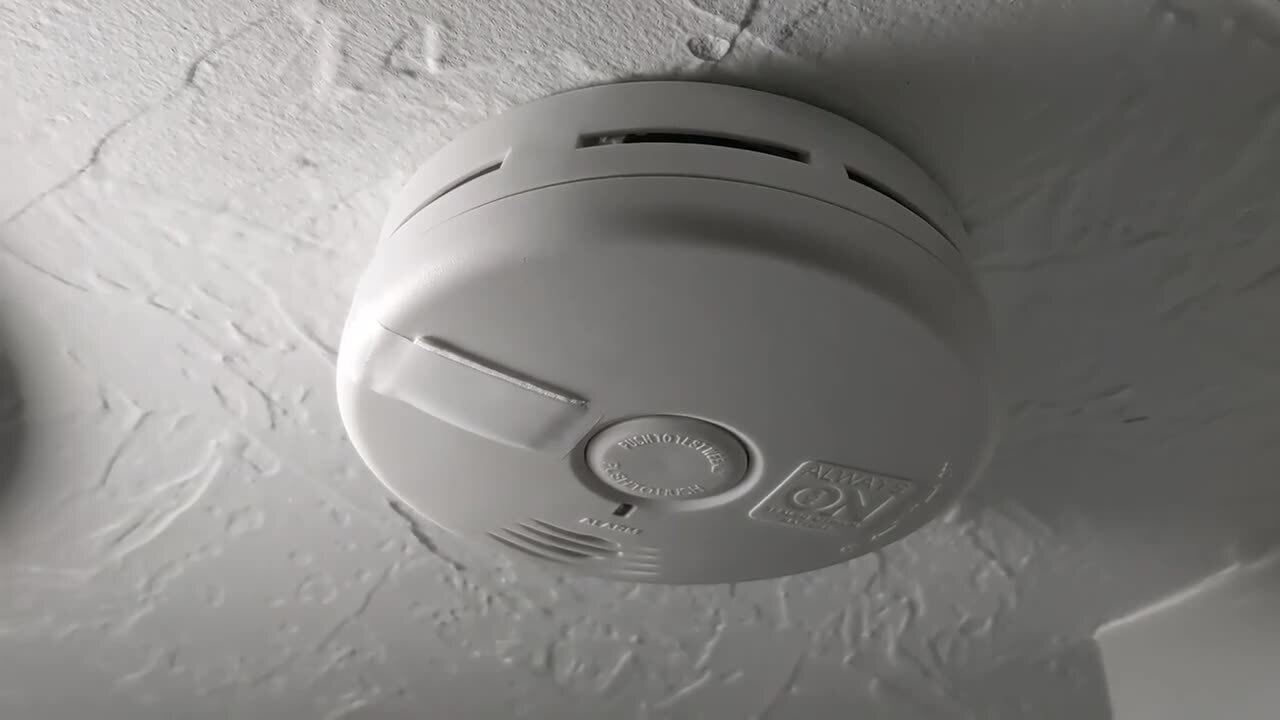
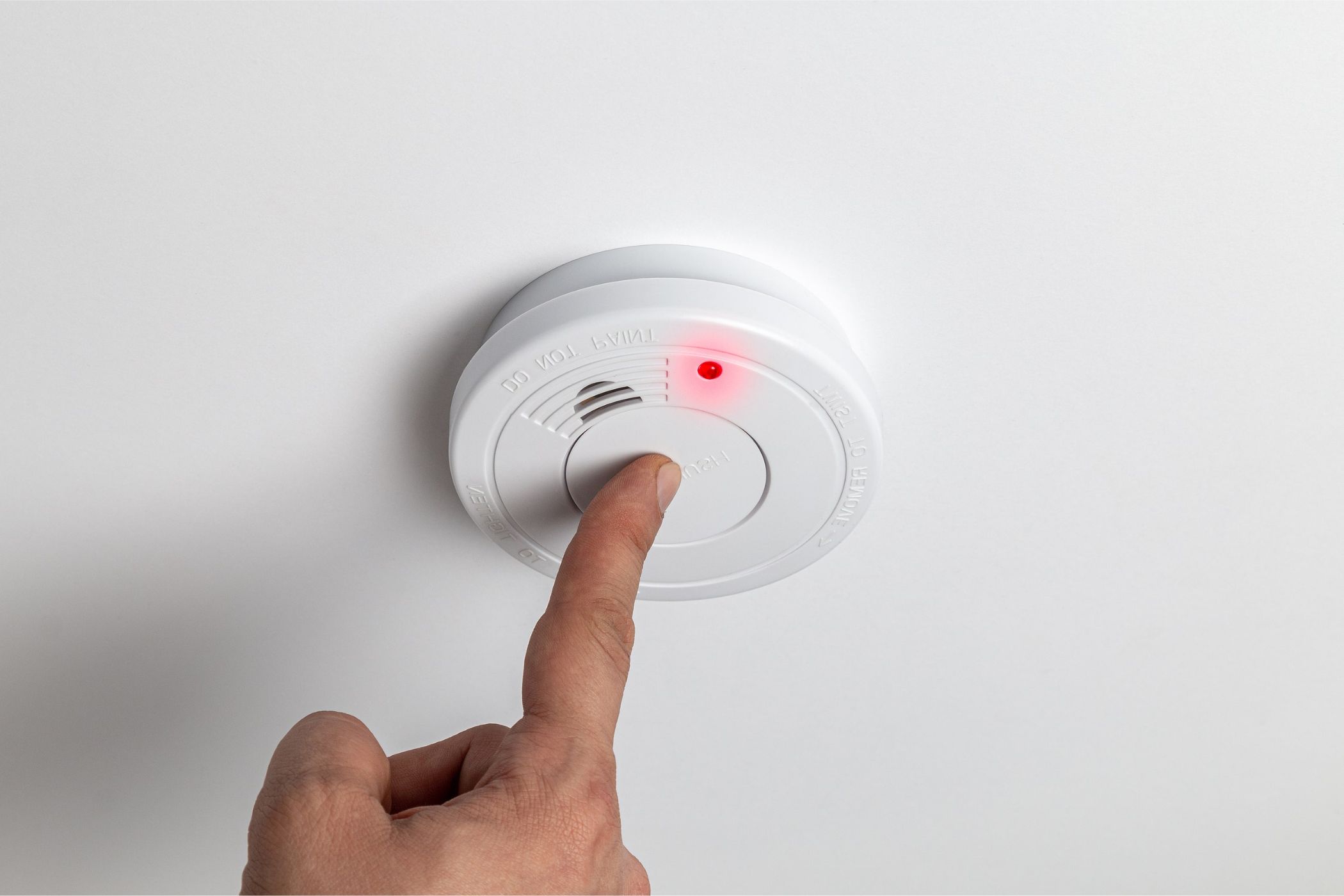
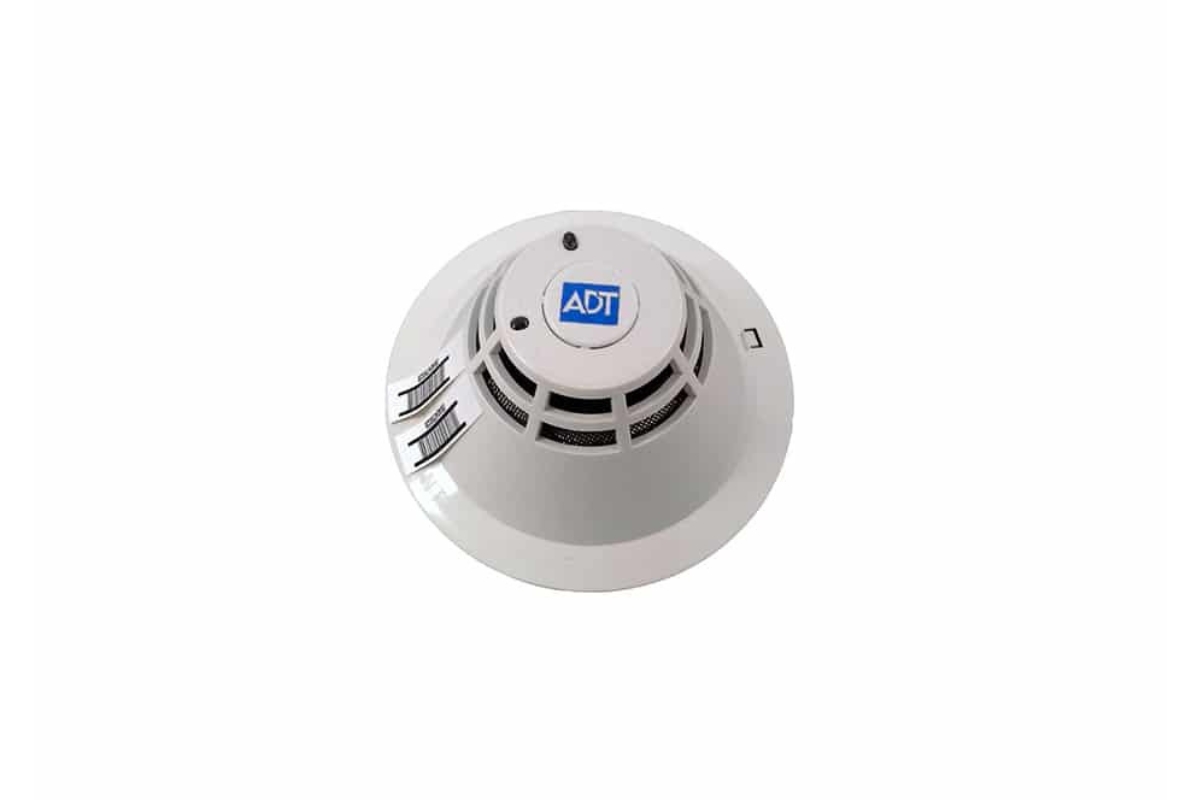

0 thoughts on “Why Does A Smoke Detector Beep?”